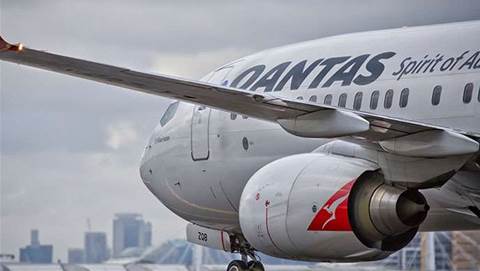The Department of Defence has shed light on efforts underway through its new enterprise-wide data division to ensure data is managed as a “strategic national asset” amid a changing security environment.
In August 2021, the department revealed plans to adopt a new approach to data management, one that would see it become more “disciplined” in its approach to how data is collected, stored and used.
“Good data is the life blood of game-changing warfighting technologies, such as automated systems and artificial intelligence,” assistant Defence minister Andrew Hastie said when releasing the strategy.
“If we are to benefit from those technologies, we need to rapidly lift our data maturity.”
Key to the strategy, and recognising the criticality of data in decision making, was the creation of a new data division led by an inaugural chief data integration officer (CDIO) that reports directly to Defence’s top-brass.
Defence later appointed Maria Milosavljevic, who has held several senior roles across both the federal and NSW government over the past five years.
Speaking for the first time since joining from Services Australia in February, Milosavljevic said the data division is now operational, with work underway to realise the vision outlined in the strategy.
“[The data division is] brand new and it’s very small, so we’re really rapidly growing,” she told the Technology in Government conference in Canberra on Wednesday.
“We’re currently bringing in people we need to define, create and deliver the core data and analytics services and projects that we need.”
In the first three months, Milosavljevic and her division have been busy delivering the “foundational data strategy initiatives”, including a federated governance model.
The “fit-for-purpose” model allows the CDIO to develop and release enterprise-wide guidance, but gives data custodians at the group and service levels responsibility to implement it.
“We want to get the governance and authorisation environment right,” Milosavljevic told the conference.
“We want to make sure the data is managed as a strategic national asset, which will build trust. We want the ensure the data is known, discoverable, usable and shared.”
The division is also focused on ensuring the “authorising environment is properly established”, including the creation of a new data analytics board.
The board consists of senior executive service (SES) band two and ADF two-star representatives, according the data strategy.
A data management directive has also been established, while an operating model is under development.
Milosavljevic said it is not the role of the data function to “do everything related to data, but [that] it definitely does enable it”.
“I’ve seen examples where everything is centralised, but a federated model is far better,” she told the conference.
But operating “at scale” requires “relationships where there is clear accountability for data, shared responsibility for maximising the value of data, broad data literacy... and collaboration”.
With much of the governance model now in place, Milosavljevic said the division plans to “actively build and introduce new data capabilities... to improve the productivity of the organisation”.
“We will also keep unlocking the potential of our data using leading edge technologies, including artificial intelligence to find solutions to real business problems,” she said.
“And finally, we’ll keep exploring how we use data more effectively to monitor and predict trends that will enable the better realisation of our objectives.”


.png&h=140&w=231&c=1&s=0)
























